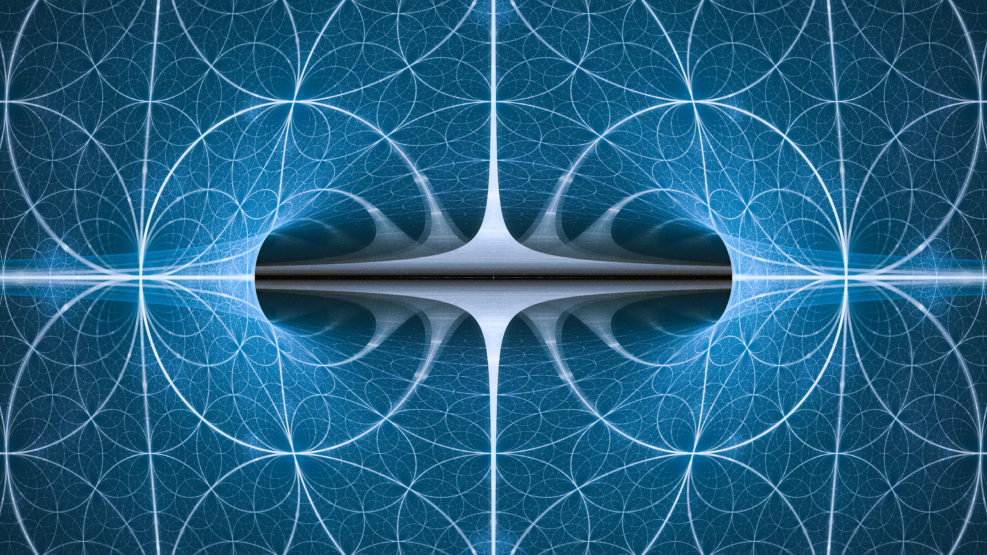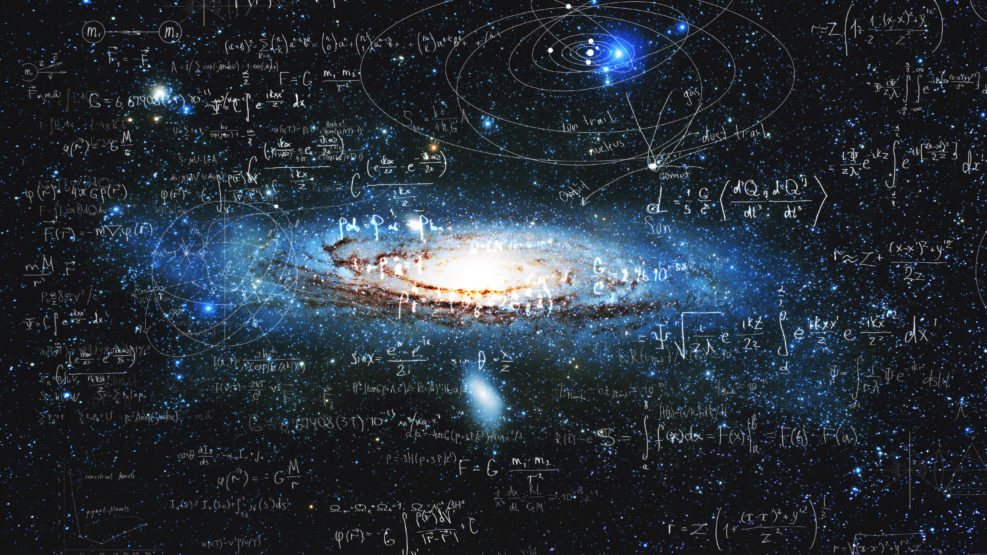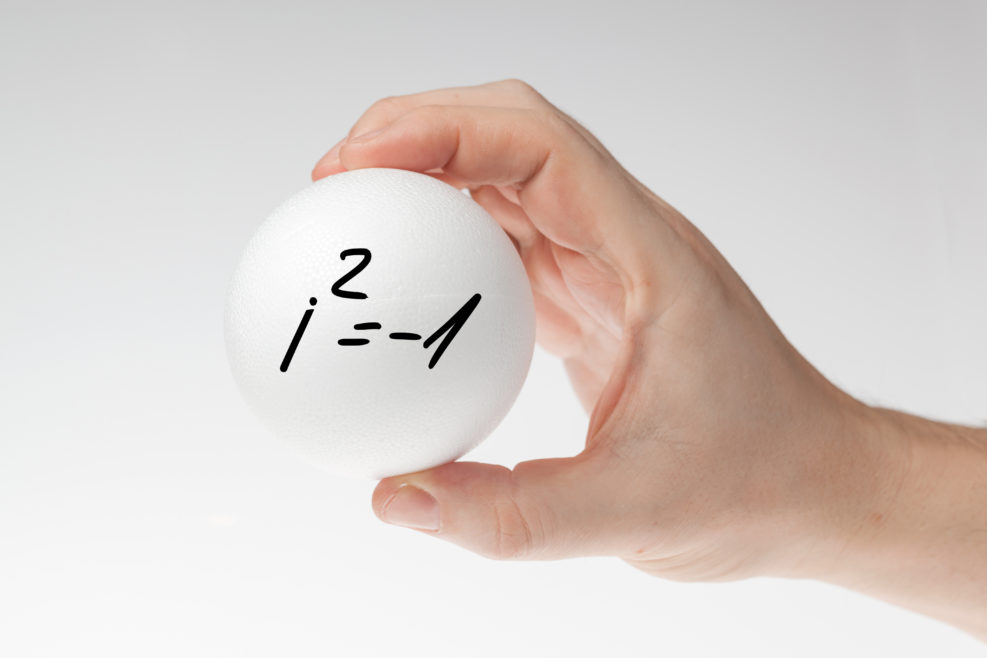
A Brilliant Mathematician’s Last Letter Continues To Matter
Sadly, Ramanujan’s life was cut short by various health issuesOne of the most remarkable mathematicians in history was Srinivasa Ramanujan (1887–1920) whose life was cut short by tuberculosis. In an interesting essay, psychiatrist Ashwin Sharma asks us to look at ways that his last letter helps us understand our universe better: A cryptic letter addressed to G.H. Hardy on January 12th, 1920, will be remembered as one of the most important letters in Scientific history. Written by Srinivasa Ramanujan, a self-taught mathematical genius who, laying on his deathbed, left hints of a new and incredible mathematical discovery. Unfortunately, the letter was to be his last, dying three months later at 32. Ramanujan’s discovery took over 80 years to solve, and with it came answers to some of the most Read More ›


















